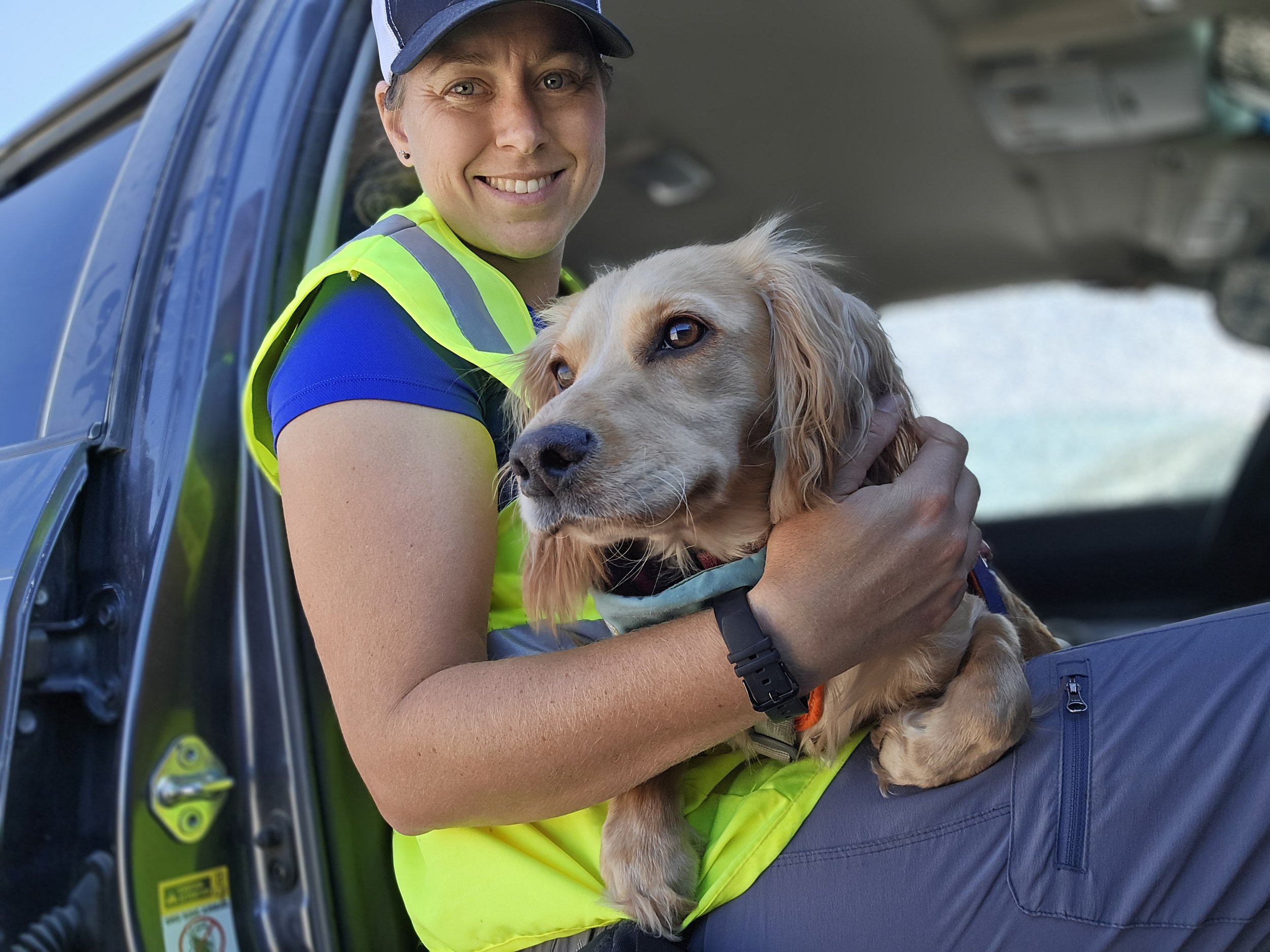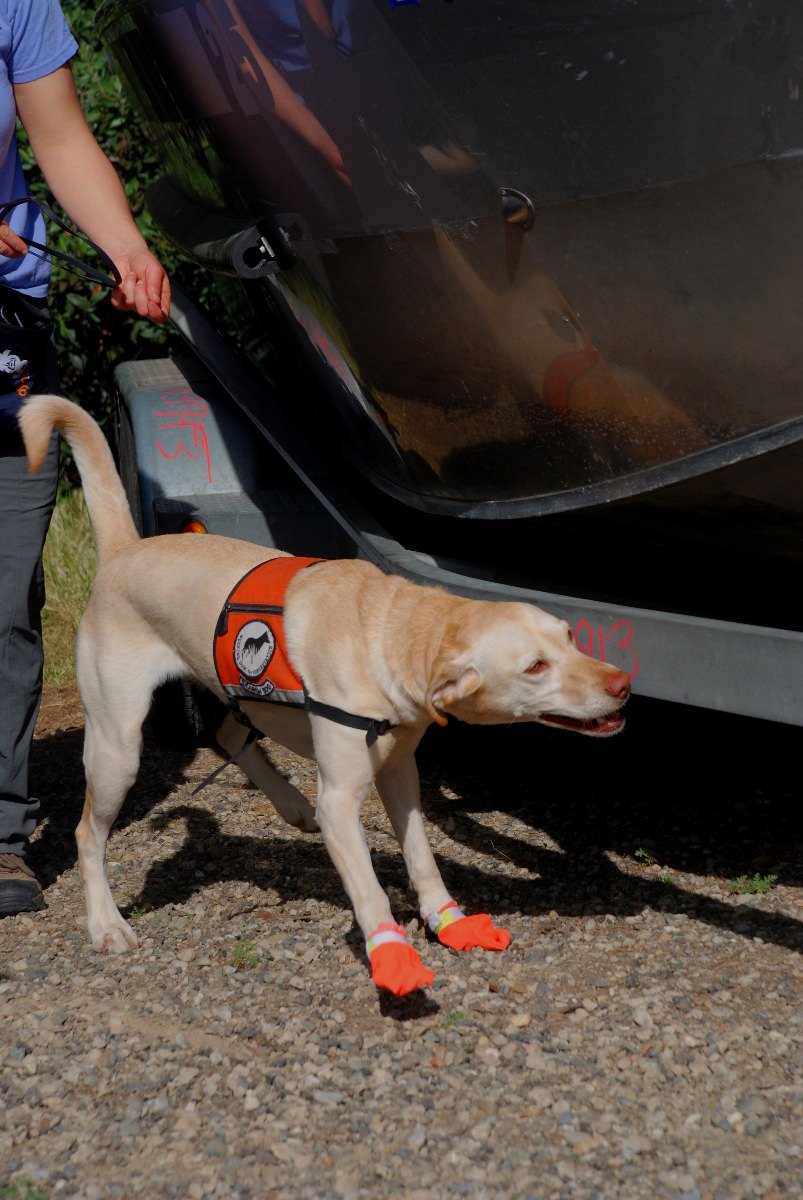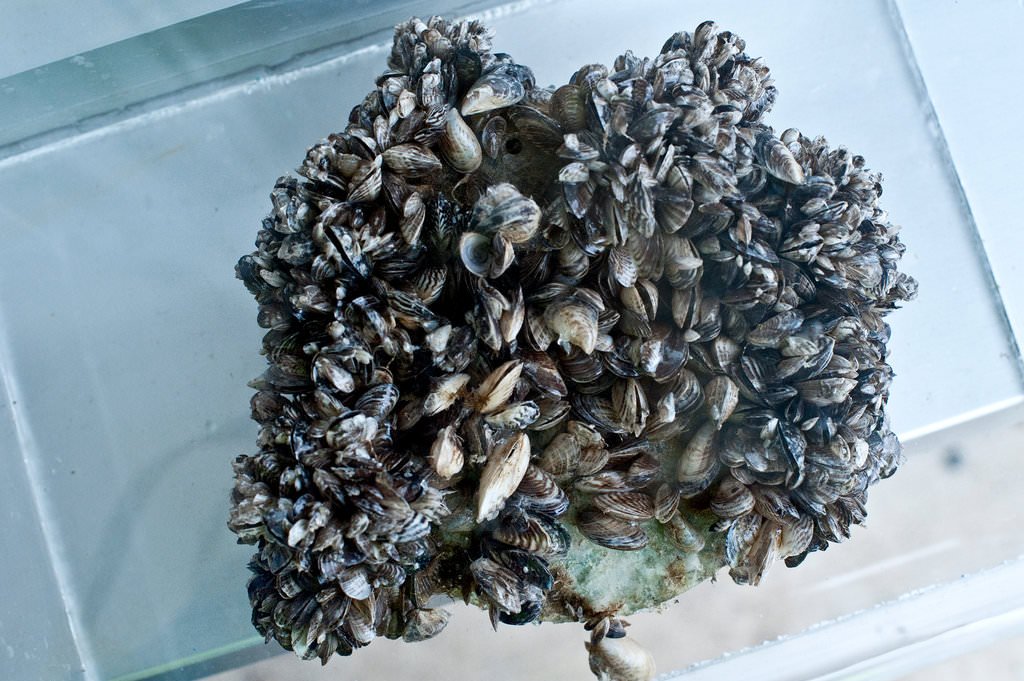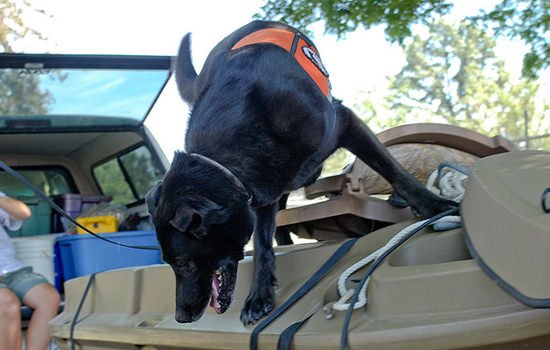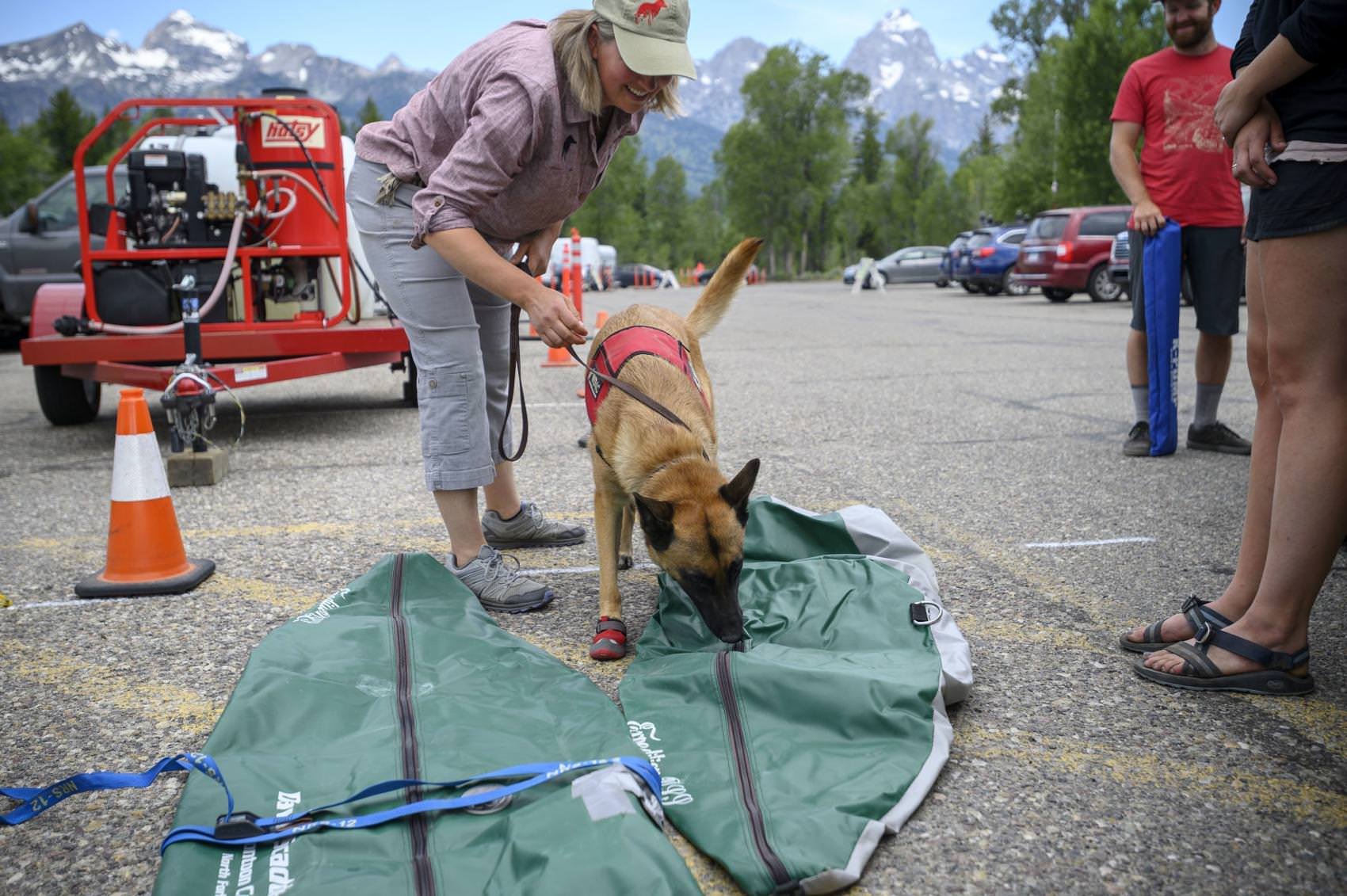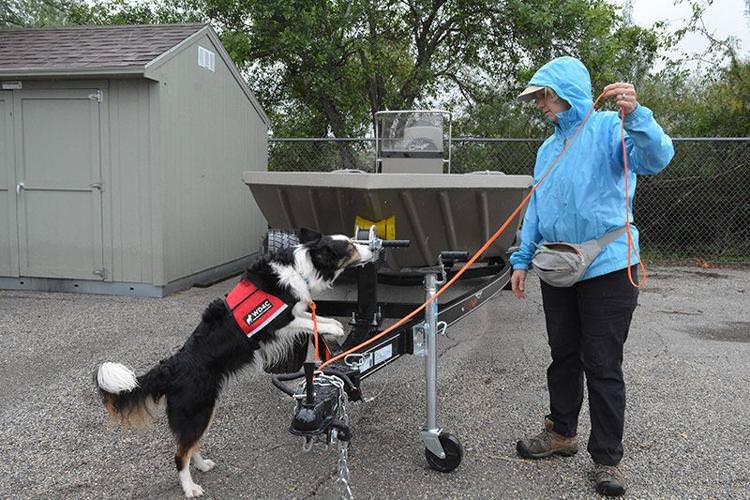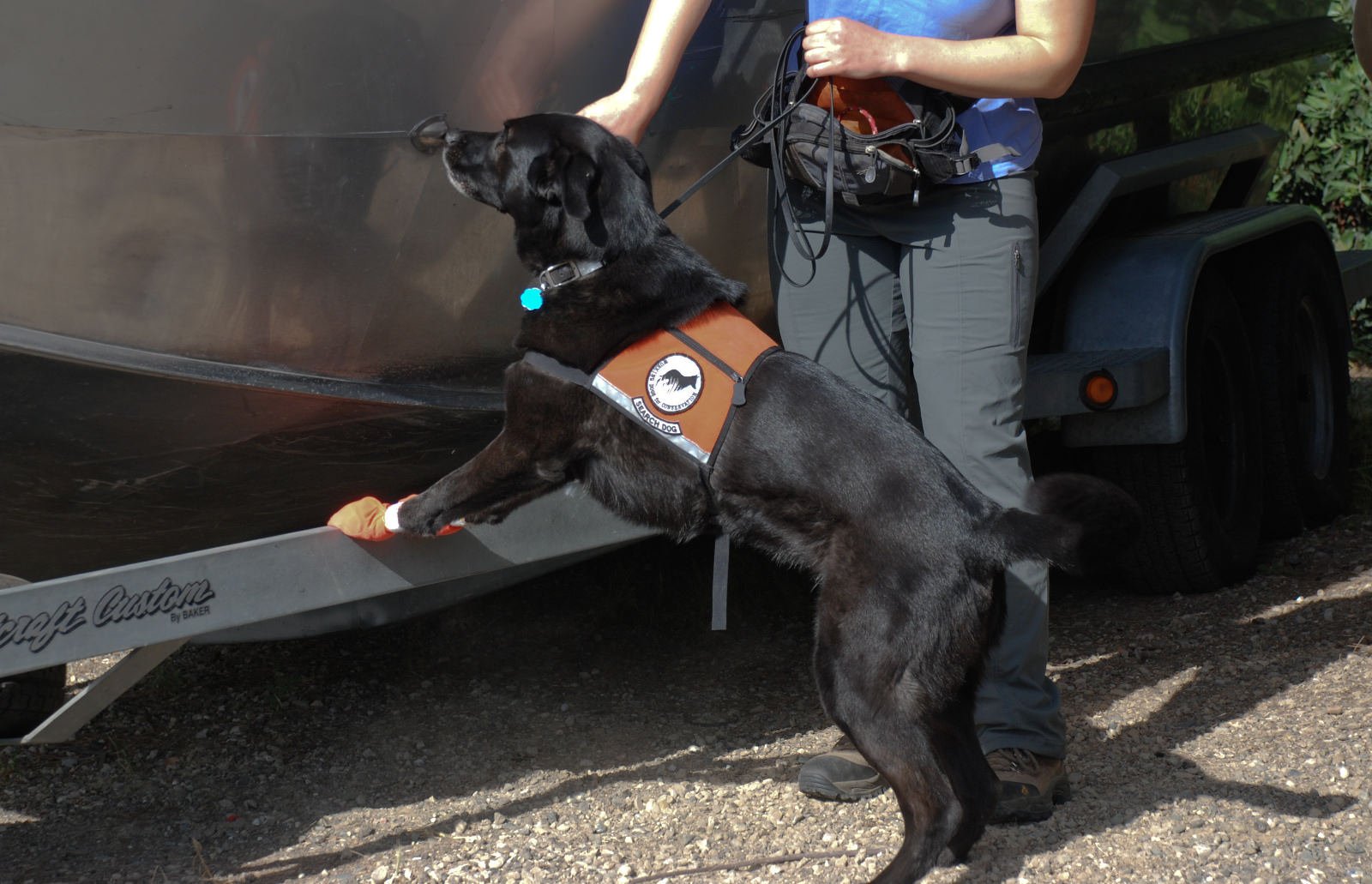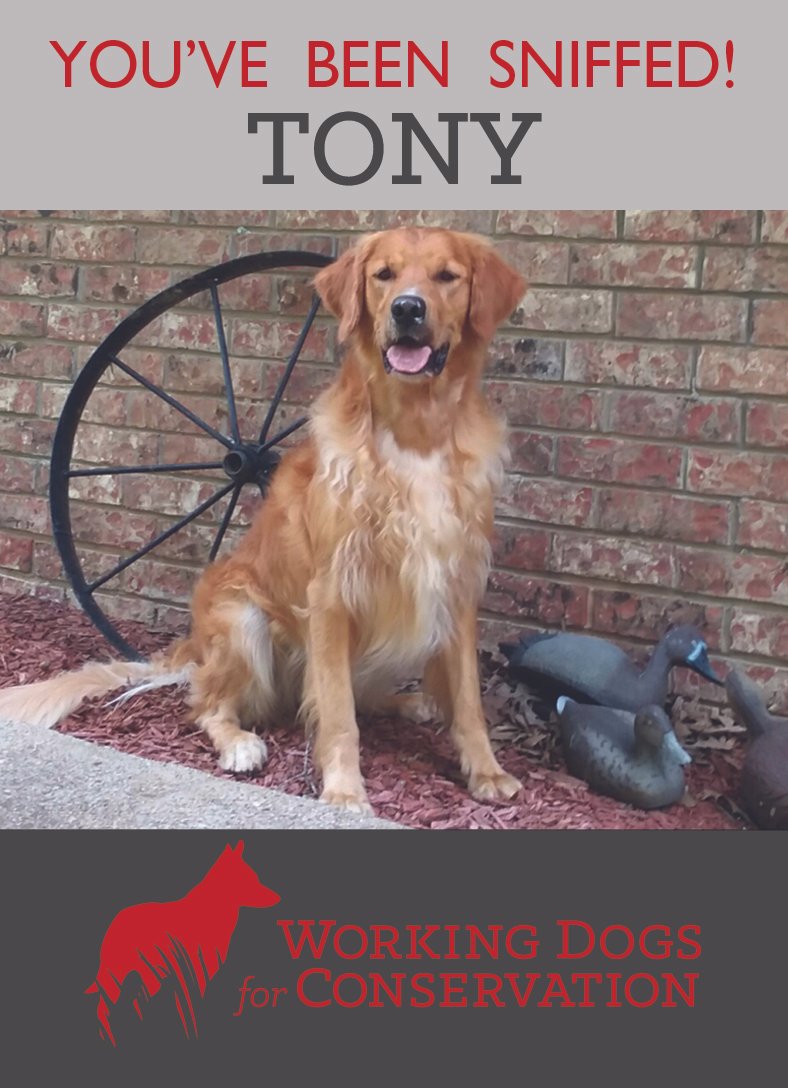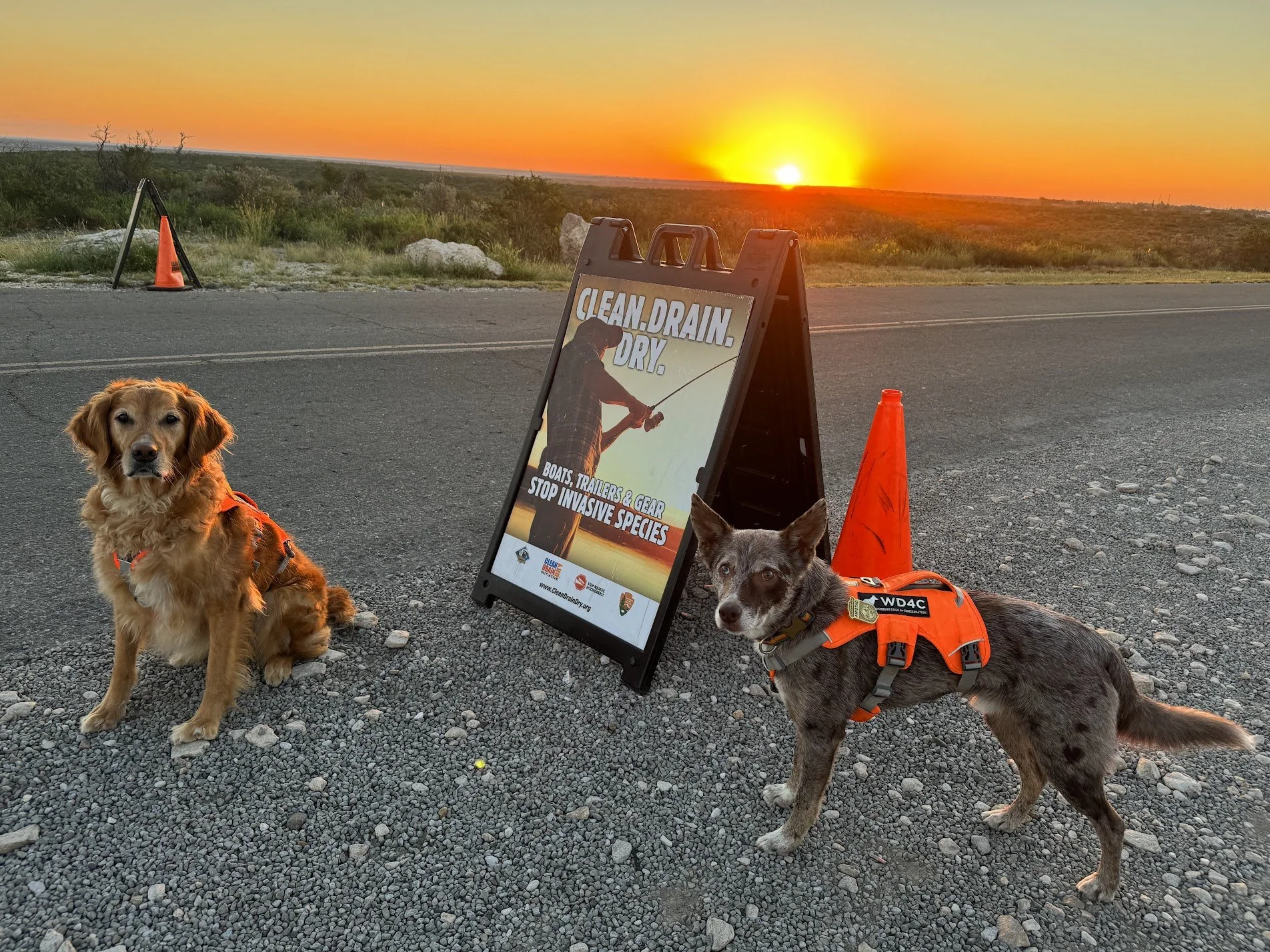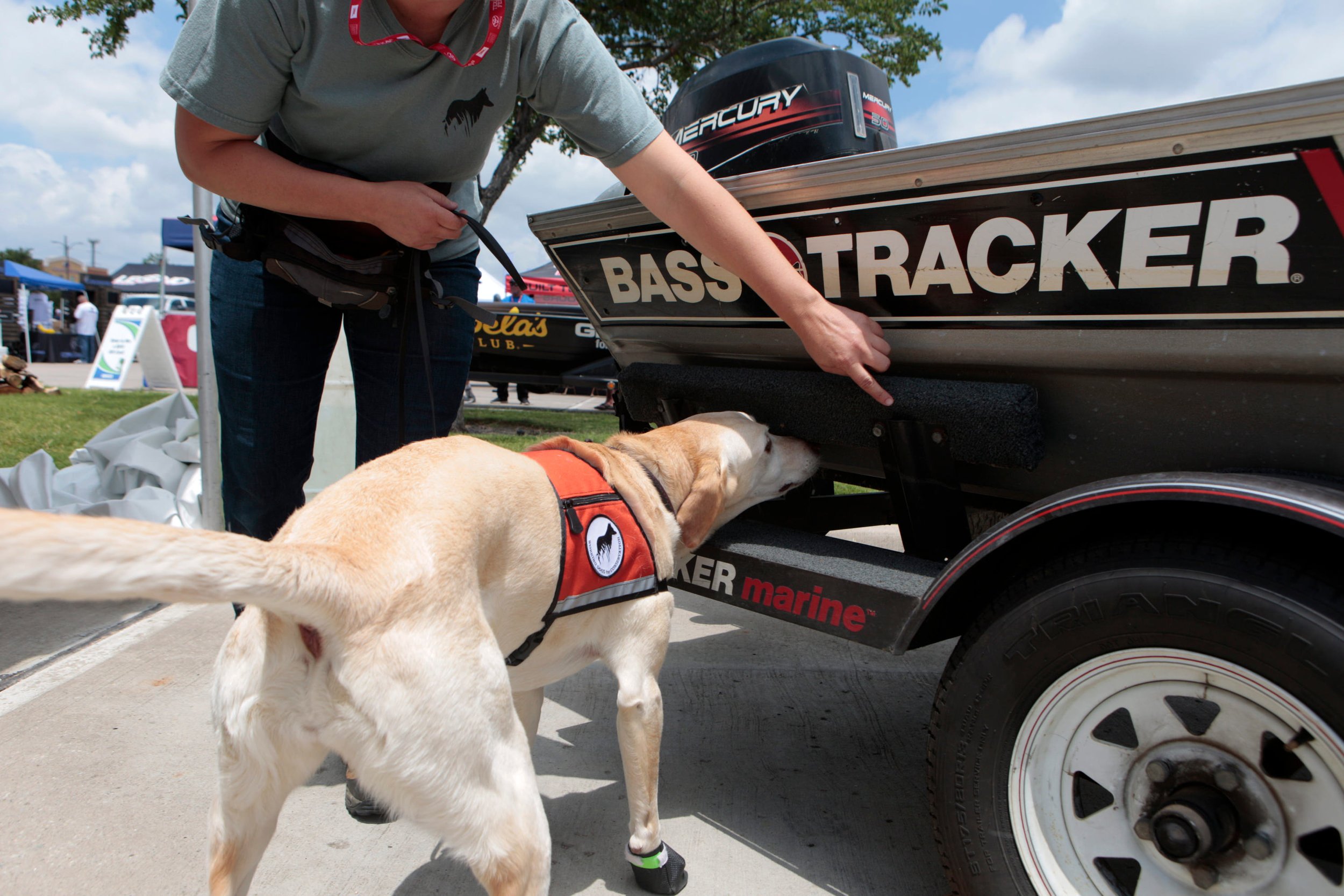
OUR WORK: BIOSECURITY
Invasive Mussel Detection
-
Several US States and Alberta, Canada
-
To prevent introductions of zebra and quagga mussels into uninfested water bodies
-
Zebra and quagga mussels and their larvae
-
US National Park Service, Lake County Montana, Montana Flathead Basic Commission, Her Majesty the Queen in Right of Alberta
When it comes to invasive species, an ounce of prevention can be worth five billion dollars of cure. That’s how much damage zebra and quagga mussels have caused by invading lakes, taking over ecosystems, and clogging pipes that deliver water to communities, power plants, and sewage treatment facilities.
When it comes to invasive species, an ounce of prevention can be worth five billion dollars of cure. That’s how much damage zebra and quagga mussels have caused by invading lakes, taking over ecosystems, and clogging the pipes that deliver water to communities, power plants, and sewage treatment facilities.
These mollusks have not yet colonized the waters of many of the US's flagship national parks, like Yellowstone, Glacier and Grand Teton, nor are they found anywhere else in Montana and Alberta, and WD4C is helping keep it that way.
In our initial detection test, dogs identified 100% of the watercraft containing mussels, while human inspectors found only 75%. The dogs did it faster while proving to be great ambassadors for the project, helping facilitate the education and outreach that is an integral part of prevention. Our dogs were also able to detect mussels’ microscopic larvae, which can invade a lake just as effectively as adults of the species.
Because dogs are effective, efficient, and have strong public appeal, agencies in 6 states and 1 Canadian province to make detection dog teams an integral part of their efforts to keep zebra and quagga mussels at bay. We’ve just started training to find invasive golden mussels in California as well.
